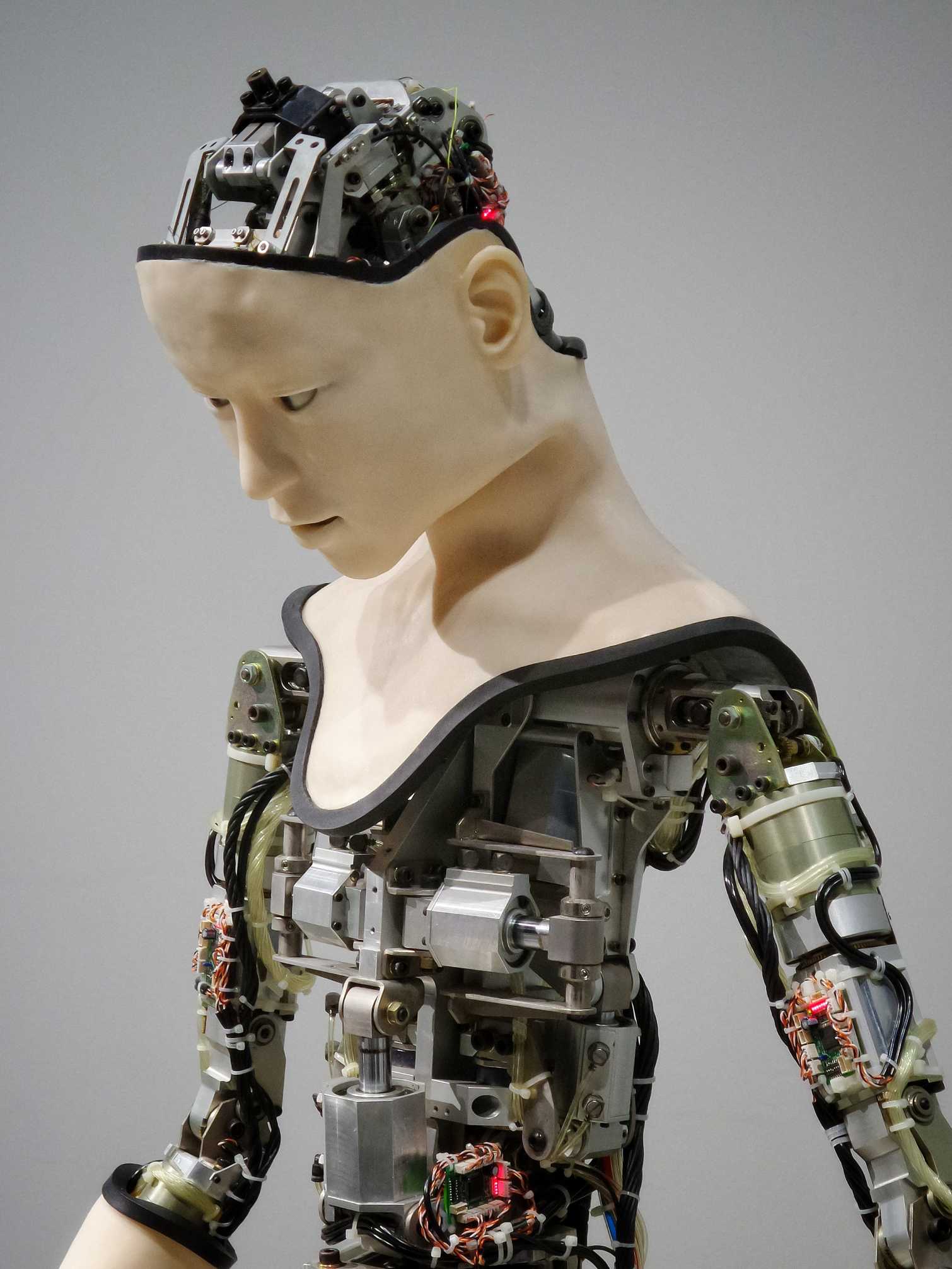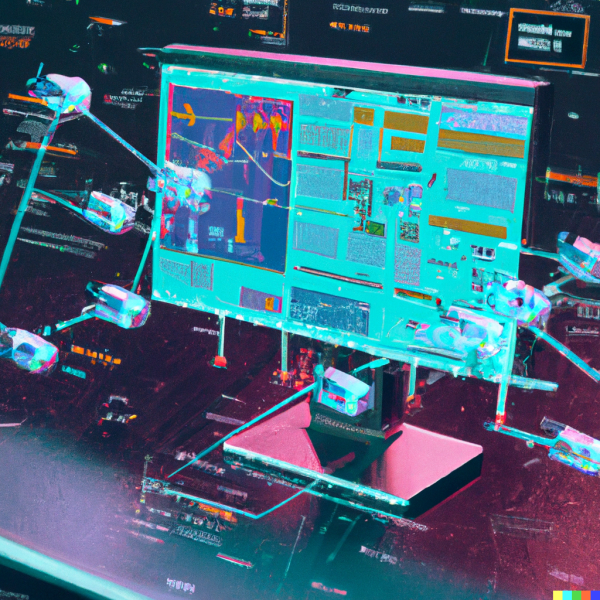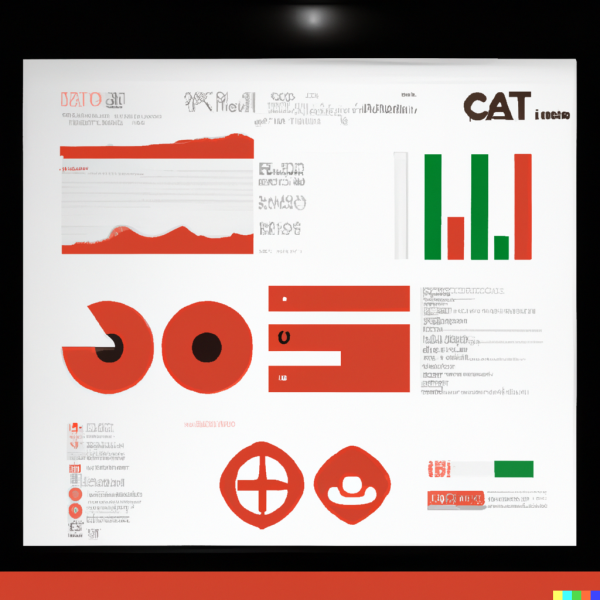In today’s world, AI is everywhere. We see it in our phones and smart assistants like Siri, Alexa, and Google Assistant. We see it in Netflix algorithms that learn our viewing habits so that it can recommend shows we will like. The scope of AI continues to grow as developers create new uses for the technology in everything from self-driving cars to dating apps. But while this future of artificial intelligence seems exciting, there are concerns about what this will mean for humans in the not-so-distant future.
If you read fictional accounts or watch movies about artificial intelligence, there is usually a theme revolving around machines taking over the human race at some point in the near (or far) future. Artificial Intelligence is no longer just a concept in science fiction. AI has been constantly evolving, and machines are now capable of performing tasks that once seemed unachievable. There are also valid concerns regarding whether AI will displace or even destroy humanity as we know it today.
Elon Musk mentioned “AI doesn’t have to be evil to destroy humanity – if AI has a goal and humanity just happens to come in the way, it will destroy humanity as a matter of course without even thinking about it, no hard feelings.” which clearly indicates that our industry leaders themselves are skeptical about how advanced AI machines could present a peril to humanity.
What if you could build a machine that thinks, learns, sees and senses like humans do? What if it could understand human speech and respond to you in kind? And what if this artificially intelligent machine could operate as a human would in your business – understanding its goals, internal structures, needs and complexities so it could take actions on its own without human intervention? Artificial intelligence (AI) machines are changing the way businesses operate by automating processes once requiring human input or effort.
It is not just about replacing humans with robots; AI is impacting businesses in five ways.
1. Automation
With the help of Artificial Intelligence numerous jobs in almost every sector have been automated although it is a boon for humanity to a certain extent but the reality is machines have been slowly replacing human workers over the centuries.
Data showed that as many as 73 million jobs could be lost in the US due to automation. This figure fares better for certain countries like Germany, where only 17 million jobs will be lost. Contrastingly, China will be the worst hit, with the loss of 236 million jobs.(source Forbes)
For a machine if an action isn’t explicitly described in the instructions the machines can’t do it whereas with the help of AI, machines have a cognitive function which enables them to work inside the broader rules set by humans but carve up their own path of success. Using this cognitive thinking ability machines are now able to interact among themselves and work together. There is also an aspect of active learning inbuilt with cognitive thinking, we as humans tend to learn from our past mistakes and grow similarly this also enables machines to adapt and perform better than humans in certain scenarios.
2. Data analysis and insights
In the process of data analysis, AI analytics refers to a subset of business intelligence (BI) in which software demonstrates behaviors normally associated with humans, such as learning and reasoning. One of the big challenges of data analytics is anomaly detection i.e. it is difficult to identify incoming threats or events that don’t conform to the patterns associated with past events. Tackling this problem with the help of AI will resolve a way to handle and analyze constantly growing datasets but will also ensure that we have a dynamic system in place with numerous components in motion.
Many industries such as healthcare, manufacturing, construction and public sector can benefit from anomaly detection furthermore they will be able to fine tune a major part of digital transformation with the help of AI. AI essentially automates basic business processes and it can assist in building the foundation for future technologies.
The goal of AI analytics is to gain a 360 degree view of the customers along with enabling accessible solutions to everyone in your organization, it can be viewed as a self-service meaning that business professionals can use AI software tools without the help of an analyst.
3. Identification of risk and opportunity
Implementation of AI in business can be a challenging project that impacts many corporate functions, one of them being risk management.
Inside our complex and fast paced environment traditional approaches to risk management won’t be sufficient to solve the problem, what AI solves here is taking prior actions rather than being reactive to the problems. Companies and enterprises must embed risk management directly into AI projects, ensuring that monitoring is carried out in tandem with internal AI development and external AI provisioning.
Artificial Intelligence in general will result in growth of the digital workforce and will also enable a better understanding of customer behavior but to use the full potential of AI we need to leverage its capabilities to optimize integrated risk strategies at every level such as planning, identification, assessment and analysis, monitoring and review.
4. Human-computer collaboration
Self learning capabilities of AI along with super powered CPUs and GPUs enable machines to learn and adapt at a rate beyond human capabilities. We do require machines to help ease human lifestyle but we also need humans to build machines.
This is kind of a symbiotic relationship between humans and machines in which there are 3 key steps -
- Design AI machines which work for themselves
- Develop a framework where humans learn from AI
- Engineer systems where AI learns from humans
If we deep dive into a machines functionality we know as of yet machines can’t creatively think nor do they have emotions this is where a human in the loop comes in for every machine out there but we aren’t far away from reaching a state where machines will be able to communicate among themselves to reach this cognitive level and we need to prepare for such a scenario where AI will start making human like decisions on its own subsequently eliminating the need to have humans guide the way ahead for machines.
Humans can also leverage AI to improve their own competence Neuralink is one of the few companies that in the future may enable us to have implantable brain-machine interfaces keeping in mind that we still will have our logical reasoning backed up by emotional reasoning which can be fruitful because we will have advanced storage abilities and easy access inside our own brain. Imagine having access to every memory, every blog and bit of information you ever read and accessing that information instantly within a microsecond.
5. Risk of job loss and Conclusion
Stephen Hawking, a recognized scientist in the field of physics and black holes had mentioned to BBC - “The development of full artificial intelligence could spell the end of the human race….It would take off on its own, and re-design itself at an ever increasing rate. Humans, who are limited by slow biological evolution, couldn’t compete, and would be superseded.”
With the advent of AI in human lives we are already at a risk of losing competence amongst ourselves, we need to fight for our stance with the machines now, seems kind of strange but that will be the reality by 2050 in my opinion. We are also attracted to use smart machines as a daily commodity due to their ease of use and removal of repetitive duties which is making human lives efficient but can be a double edged sword in terms of what dependency we have with them altogether, if the reliance on artificial intelligence increases rapidly we may have no choice but to adapt accordingly.
This isn’t the first time AI has infiltrated our lives. In fact, there have been several waves of AI since its initial inception. Today, we are on the cusp of the fourth wave of AI; one that is fueled by big data, the cloud and advanced algorithms. With so many new developments in this sector, it begs the question: what does the future hold for artificial intelligence?




